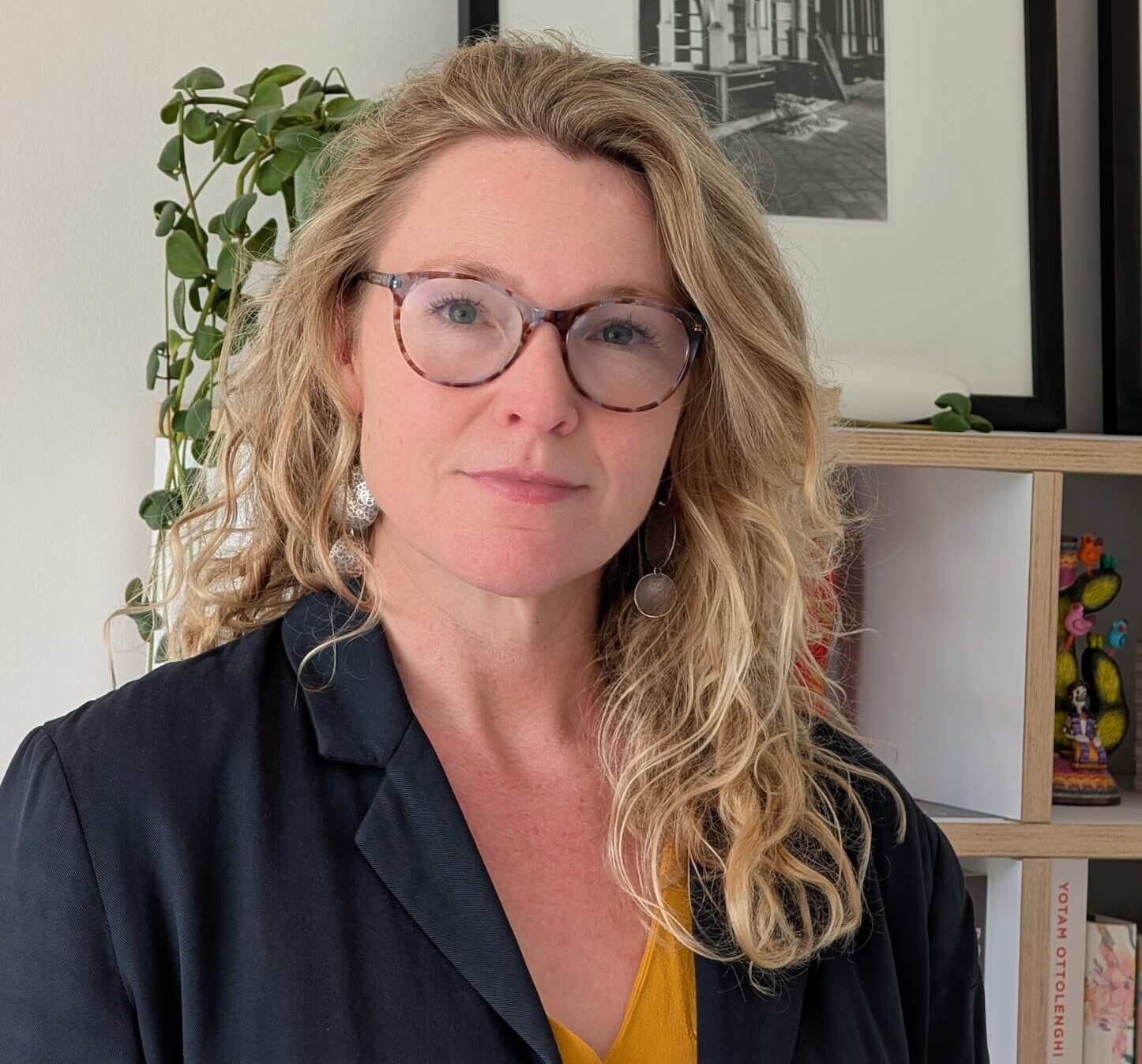

Interview writer and entrepreneur Charlene Prempeh
Alongside contributing to publications including The Financial Times, Prempeh recently published the book Now You See Me: An Introduction to 100 Years of Black Design, a long-overdue tome that spotlights designers who have been marginalised, overlooked and even erased from history over the last century. Focusing on fashion, architecture and graphic design and featuring the likes of Ann Lowe, Dapper Dan, Francis Kéré and Norma Sklarek, the book interrogates the value placed on Black design and explores how key figures are reclaiming traditions while influencing contemporary conversation. Essential reading for all creatives.
THE WICK: Who is your ultimate Monday Muse and why?
Charlene Prempeh: An amalgamation of all the women who inspire me: writers like Claudia Dey, my dear friend and artist Remi Ajani, and architect Lesley Lokko.
TW: What sparked your idea to write your book Now You See Me?
CP:
It came to me during a conversation with Chrystal Genesis (the co-founder of culture podcast, Stance) and Lewis Gilbert (creative director of A Vibe Called Tech). We were working on a brief for the North Face X Gucci collection and wanted to connect the explorer aesthetic to stories of past Black pioneers. Genesis suddenly asked, “What about Ann Lowe? The woman who designed Jackie Kennedy’s wedding dress?”
After a moment of shock, wondering why and how I had never heard of her, I was brought back to reality. The formalities of segregation, colonial rule and anti-Black racism have hindered their existence, encouraged their erasure from our collective memory and caused their absence from the design canon. I wanted to begin the process of gathering some of the under-recognised creatives together as a small springboard for future documentation. For me, design felt like a natural place to start that conversation but it’s just as relevant to music, science, art and a range of other disciplines. In all of these spaces we should be asking “who have we not seen?”, and more importantly, “what has culture lost as a result?”
TW: During your research, what was your most enlightening discovery?
CP: The sheer breadth of stories that remain untold. There would never have been enough space to include each of the designers and creatives I discovered in the research process. I hope that the book can act as a catalyst for readers to start their own exploration into the work of Black designers throughout history and encourage them to uncover works and ideas that we may have missed.
TW: If you could own any piece of design from the past, what would it be and why?
CP: There’s an oversized coat by Willie Smith – one of the designers in the book – from his Fall 1984 collection that I’m obsessed with. It’s the kind of outerwear that makes you want to go outside in freezing temperatures just to show off.
“All spaces are quietly laced with revelation, so draw inspiration from the things around you. Either that or – just do it.”














